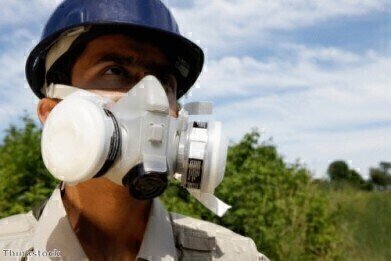-
 Air monitoring found that there was no risk to health due to the explosion
Air monitoring found that there was no risk to health due to the explosion
Air Monitoring
Natural gas well explosion 'didn't affect air quality'
Apr 24 2014
Air monitoring following an explosion that occurred at a Chevron Appalachia well site in Pennsylvania, US, has found that residents were not exposed to harmful pollutants. According to the Department of Environmental Protection (DEP), air sampling found that pollutants were not released in concentrations that would be damaging to human health.
On February 11th, the Lanco well pad exploded, causing the death of one employee and injuring two others. Two gas wells were damaged by the explosion, which resulted in them burning for several days and releasing gas until they were capped. The continued release of gas following the fire prompted concerns that air quality could have been impacted for those living in the area.
The DEP sampled air from several sites, both upwind and downwind of the affected well pad from the day after the explosion (February 12th) to February 20th, which is the day the wells were successfully capped. Each of the samples was analysed for a total of 57 different pollutants, including some that would usually be found as a result of an uncontrolled release of natural gas from a well and a fire.
John Poister, spokesman for the DEP, said the tests included such a wide range of pollutants as it was important to fully ensure all chemicals related to incidents like this were covered. During the nine days that sampling took place following the explosion, no chemical or pollutant levels were found to be a possible threat to health, he continued.
The air sampling did find, however, that there were higher-than-usual concentrations of heptane, propane and 1,2,4-trimethylbenzene, although it was not clear whether these concentrations were a result of the explosion, fire and natural gas leak. The report suggested it was highly likely that these chemicals were present due to the fire, however, 1,2 dichlorotetrafluoroethane was also detected, which was unexpected. This may have been present due to the materials used by emergency responders or because it was used in on-site cooling equipment.
Digital Edition
IET 34.2 March 2024
April 2024
Gas Detection - Biogas batch fermentation system for laboratory use with automatic gas analysis in real time Water/Wastewater - Upcycling sensors for sustainable nature management - Prist...
View all digital editions
Events
Apr 30 2024 Melbourne, Australia
Apr 30 2024 Birmingham, UK
May 03 2024 Seoul, South Korea
May 05 2024 Seville, Spain
May 06 2024 Minneapolis, MN, USA

















